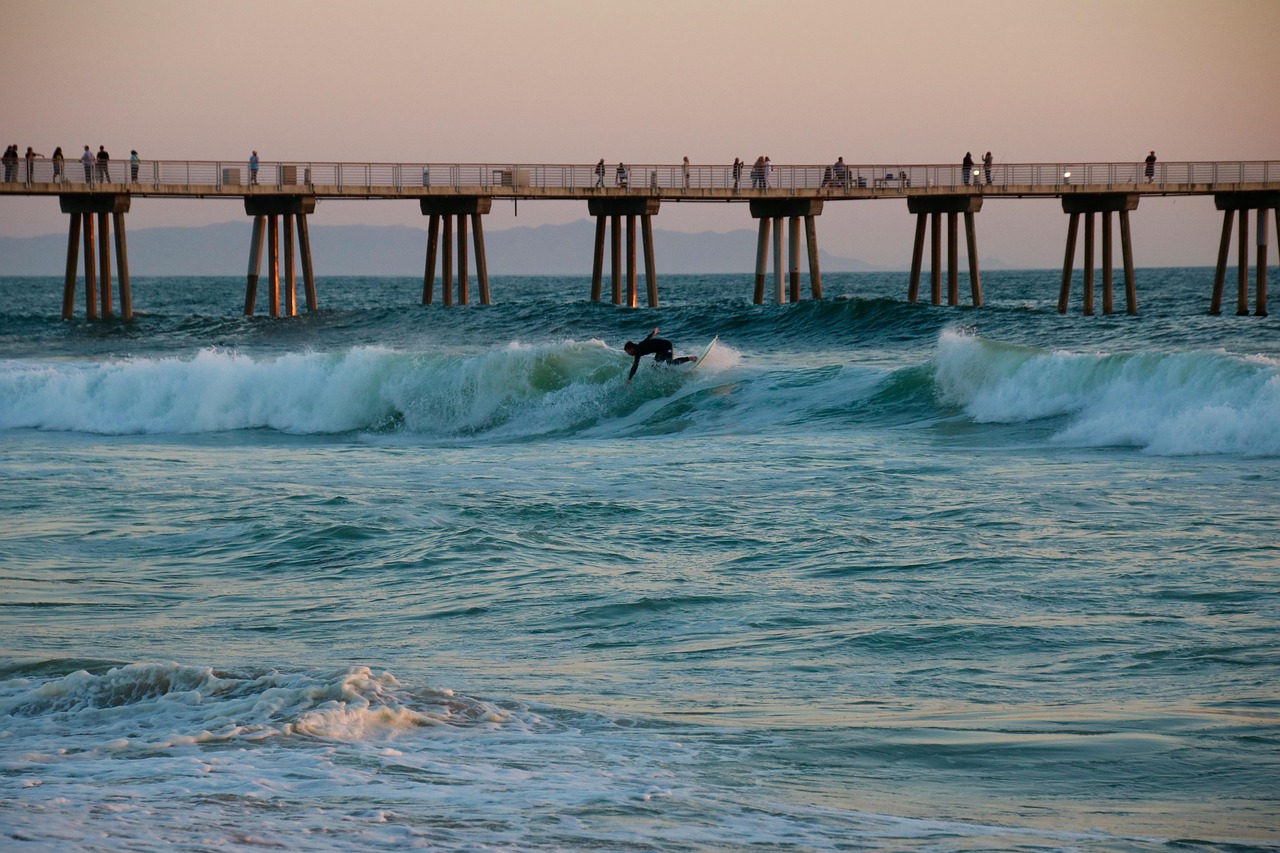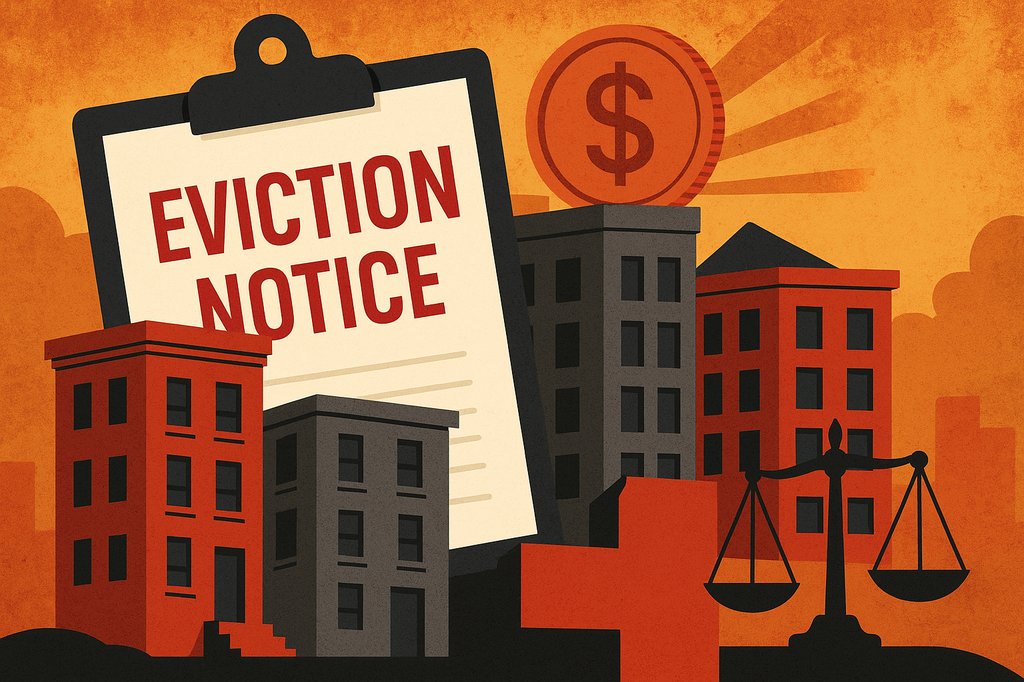How Multifamily Properties Can Better Manage a Natural Disaster
By Becky Bower | ApplyConnect
In the wake of Hurricanes Harvey and Irma, multiple wildfires on the West Coast, tornadoes and the recent catastrophic earthquakes in Mexico, now would be the time to learn about you and your residents’ rights during a natural disaster. As most parts of the United States are impacted by at least one natural disaster (with some areas hit by several different kinds per year), knowing how to manage a natural disaster on each of your multifamily properties can alleviate some of the stress in the moment.
Contact your Residents
Remember- as a property manager, you will likely still have to manage during a natural disaster. Make sure you and your loved ones are okay and then work on helping the renters in your multifamily properties. After you’re safe, you should try to get into contact with your residents and make sure that they’re okay as well. Depending on if they’re still on the property or not, they might be able to give you some preliminary details about how they weathered the natural disaster, and if the roads are accessible. Even if you too were on the property during the natural disaster, if there seem to be damages, you won’t be able to professionally repair them (or inspect them) until the roads are clear.
Talk to each of your residents about what the community’s plan is moving forward. While you can’t make promises about the condition of their unit, you can give them information on what you and your staff are doing, and what steps they can do as well. For example, keep them updated on when the property will be inspected, when repairmen will arrive and how long it will take, assure them that you’ve contacted the community’s insurance provider and urge them to contact their renters insurance provider as well. Having an online property management software that can perform mass text messaging can especially help to quickly relay information between your residents during a natural disaster.
Quick Tip: Let your residents know that they can apply for federal disaster assistance. This can help cover costs like accommodation during repairs, disaster-caused burial, and cleaning up some items.
Trust your Lease
After a major natural disaster, you should review the terms you have in your lease. This details not only what damages you’re legally responsible for, but what your residents are responsible for as well. Beyond the lease, you’ll want to look over your state’s property codes. Each state is different and knowing your resident’s rights during a natural disaster can help you give advice to residents who seem lost or confused.
Quick Tip: Don’t forget that fair housing rules still apply during a natural disaster!
“What about Rent?”
Regardless of the natural disaster, the resident is responsible for paying the rent until the lease is officially terminated. That being said, it’s up to your company to decide if your community is going to waive late fees during the month of the disaster. Before a natural disaster hits your multifamily properties, make managing during a natural disaster easier by moving to an online rental payment system. This will allow your property to collect rental payments regardless if your renters are onsite or taking shelter somewhere else.
Quick Tip: Before a natural disaster, make sure the lease agreement has language that details provisions if the property is partially or completely destroyed during a natural disaster. This includes clarity about rent abatement or lease termination after a disaster. After revising, contact your attorney to ensure your lease is compliant with state law.
Take Structural Disaster Prep into your Own Hands
While disaster prep can only be done with natural disasters that are often predicted before they hit like hurricanes and tornadoes (earthquakes and tsunamis cannot be predicted), it’s important to clarify who is responsible for performing structural preparations. Most independent landlords and property management companies opt to let their residents shoulder the cost and labor of boarding up windows and purchasing sandbags, but be aware that you run the risk of the resident not prepping to your standards.
Regardless if your resident boards the windows up or not, (in most cases) you will be responsible for repairing any damages to the property. Beyond boards and sandbags, installing hurricane shutters and impact resistant glass, anchoring large appliances and using fire-resistant plants in your landscaping can help minimize your community’s damage in the long run.
According to this 2013 natural disaster report, the top five states with the most natural disasters are Texas, California, Oklahoma, New York, and Florida. Before a natural disaster strikes where your property resides, take this time to review the terms in your lease and emergency plan. While managing during a natural disaster is far from ideal, after you and your team are safe, it’s up to you to make sure the residents you watch over are safe as well.









